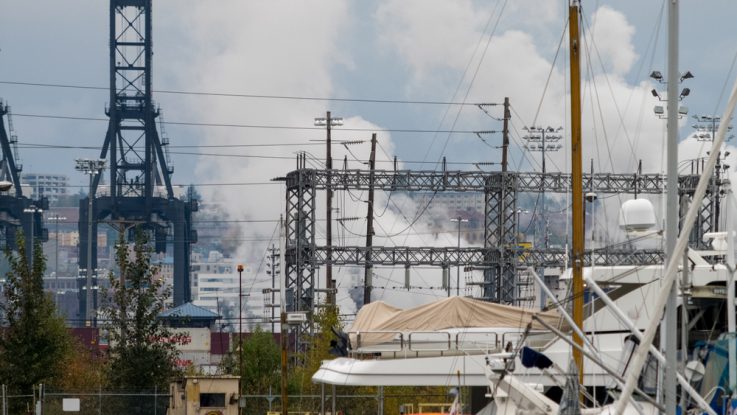
Washington-based utility Puget Sound Energy (PSE) has selected the Sunverge platform to test the integration of battery storage technology with consumer on-site distributed energy resources. The aim is to ensure grid reliability – as well as reduce consumer energy bills and carbon footprint – by making the grid greener and smarter. The system will be used by both the utility and consumers to monitor onsite energy generation, storage and usage, as well as grid status and integrated energy.
Sunverge’s open platform will be used to create a grid-aware energy source from fleets of behind-the-meter Distributed Energy Resources (DERs). The platform monitors, controls, and can aggregate fleets of behind-the-meter DERs – such as solar photovoltaic (PV) energy, energy storage systems, smart thermostats, electric vehicle (EV) chargers and other smart controllable loads – into grid-aware and dynamic resources that utilities can integrate into their traditional grid assets and core grid operations.
“We selected Sunverge for its experience with behind-the-meter distributed energy sources, and our desire to partner with an expert service provider committed to helping us achieve our battery storage demonstration goals,” said Ben Farrow, manager of new products and services at PSE. “These batteries can help by giving our customers reliable backup power, while providing us with the ability to learn more about operational capabilities and efficiencies of energy storage on our distribution grid. By gaining experience with battery storage on our grid, we hope to expand this technology to benefit all customers in the future.”
“Our technology is helping utilities modernize the grid and better engage with their customers,” said Martin Milani, CEO of Sunverge. “DERs and Virtual Power Plant technologies are becoming a key component in many utilities’ future planning. Increasingly, it will be a required capability to achieving the optimal mix of traditional infrastructure, renewables integration, grid modernization, resiliency and cost-effective demand side management efforts and programs.”


